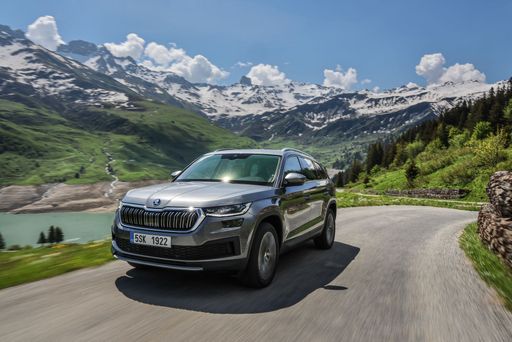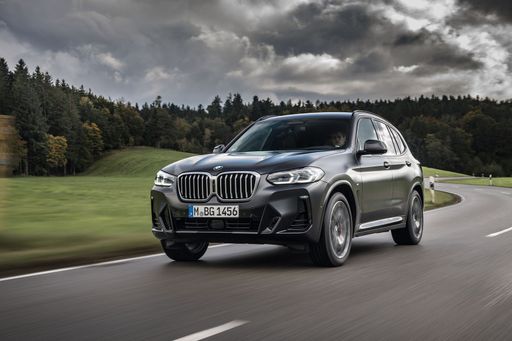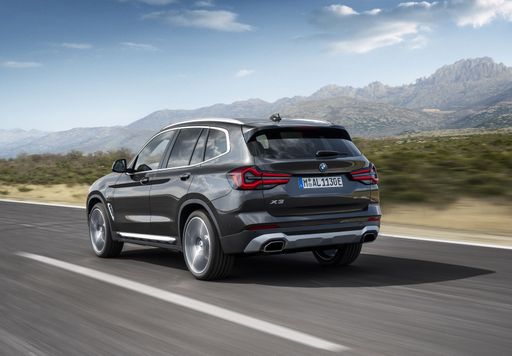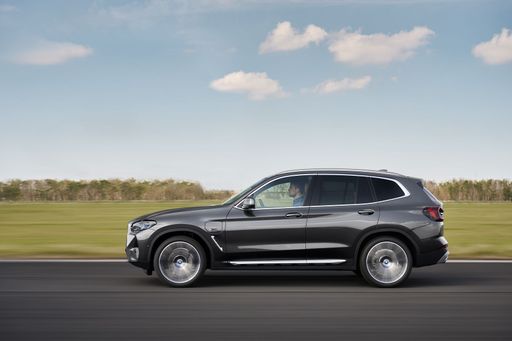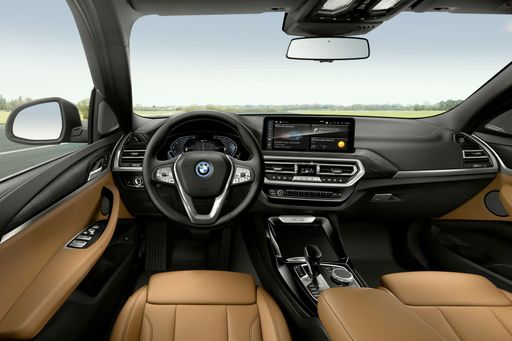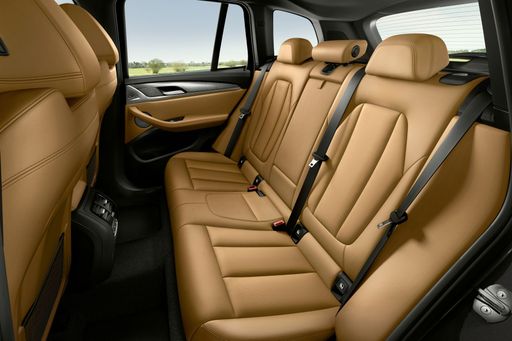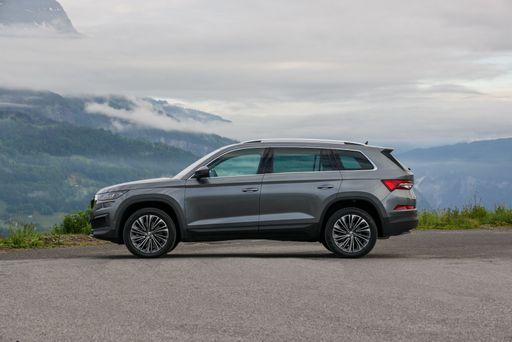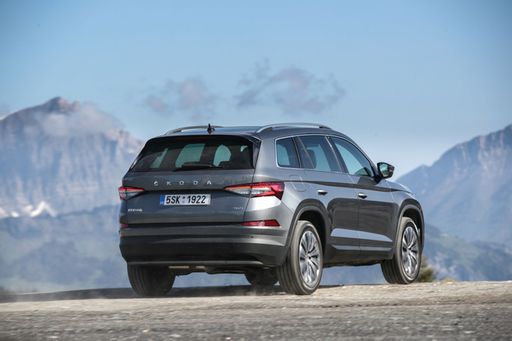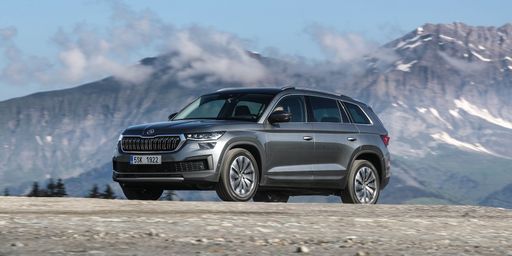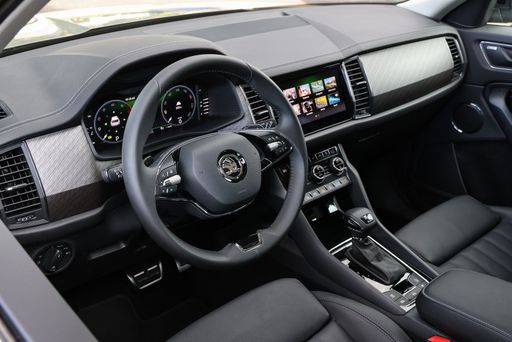BMW X3 vs Skoda Kodiaq: The Battle of SUV Titans
The automotive market is increasingly dominated by SUVs, and two strong competitors vying for your attention are the BMW X3 and the Skoda Kodiaq. Both vehicles offer distinct advantages in terms of performance, space, and technological innovation. This article delves into the technical aspects and innovations of both models, providing a comprehensive comparison to help potential buyers make an informed decision.

